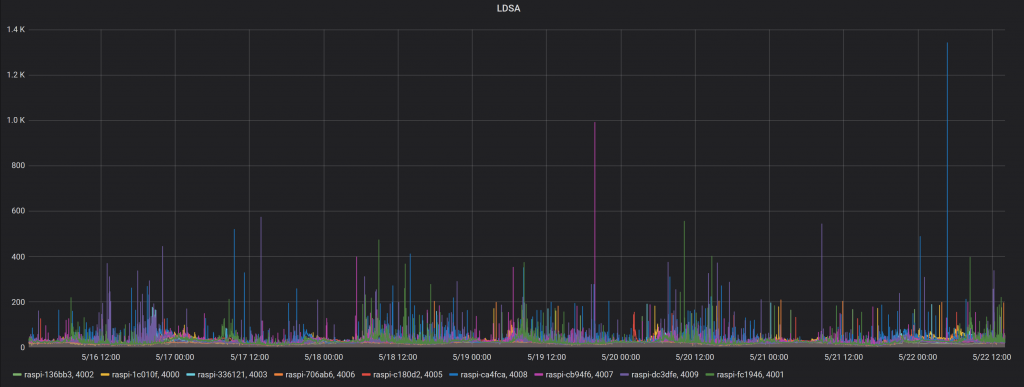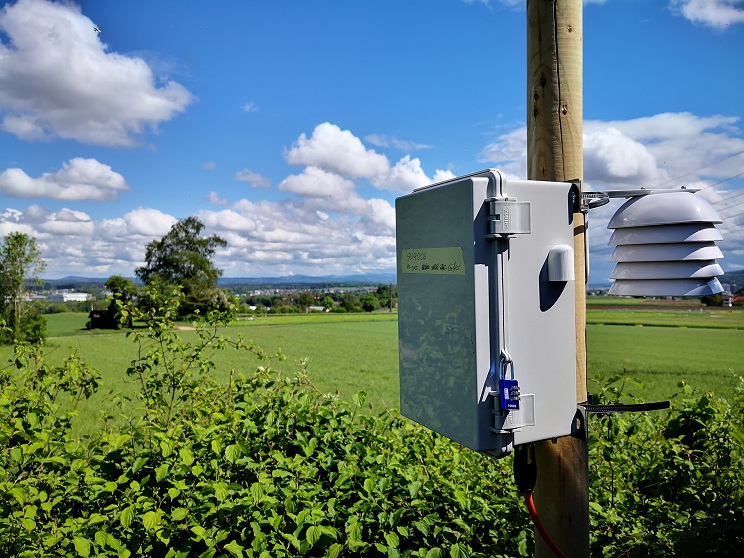Navigation menu
- Education
- Emissions & Air Quality
- Infrastructure & Services
- Meteorology & Climate
- News
- Physical Chemistry
- Projects
- The Team
For a few months now, our group and our students have been doing field measurements using Partector 2, a portable particulate matter (PM) sensor from naneos particle solutions gmbh. This very nice portable device utilizing induced currents (Fierz et al, 2014) measures the lung-deposited surface area (LDSA, see e.g. the paper of Sager & Castranova, 2009), average particle size and particle number concentration. It also provides the calculated mass concentrations of particles smaller than 300 nm, all at 1 Hz frequency.
The Partector data tend to agree well with data from other more complex, bulky and costly instruments based on differential mobility measurements and particle counting (e.g. the SMPS). Yet, both types of instruments, of course, have their right to exist, as their respective field of application differs significantly. Portable instruments, such as the Partector, are the future of air quality monitoring.
While current air quality regulations limit the mass concentration of particles below an aerodynamic diameter of 10 micrometers (PM10) or 2.5 micrometers (PM2.5), particle numbers or potential inhalation hazards are not yet considered. However, most soot particles (in terms of their count) formed during the combustion in all types of engines are typically smaller than 0.3 micrometers (Burtscher et al., 1998, Czerwinski et al., 2017 or Jonsdottir et al., 2019). Such small particles have a very high ratio of their surface area to their mass concentration. Biologists and lung toxicologists agree that particle surface area (and thus LDSA) is the most relevant metric for acute lung toxicity (Schmid and Stoeger, 2016).
Dr. Martin Fierz, physicist and founder of naneos particle solutions, is convinced that LDSA has, up to now, been underestimated as a meaningful metric for air quality; so are we.
We thus couldn’t resist when he offered to let us test a new product: an LDSA monitor in a rugged enclosure designed for long-term ambient measurements. In collaboration with the city of Zurich (thanks to Dr. Amewu A. Mensah), and with the contribution of the Swiss Federal Laboratories for Materials Science and Technology (thanks to Dr. Christoph Hüglin), we rapidly deployed a network of ten of these new “LDSA-Boxes”. Eight boxes are located within the city of Zurich and its suburbs, while two of the LDSA-Boxes are installed in rural areas.
The LDSA-Boxes can be monitored online and seem to do a fantastic job up till now. We’re looking forward to seeing the effect of the step-wise return to “normal conditions” out of the partial lockdown on LDSA in Zurich!
A great thanks to the entire naneos team!


